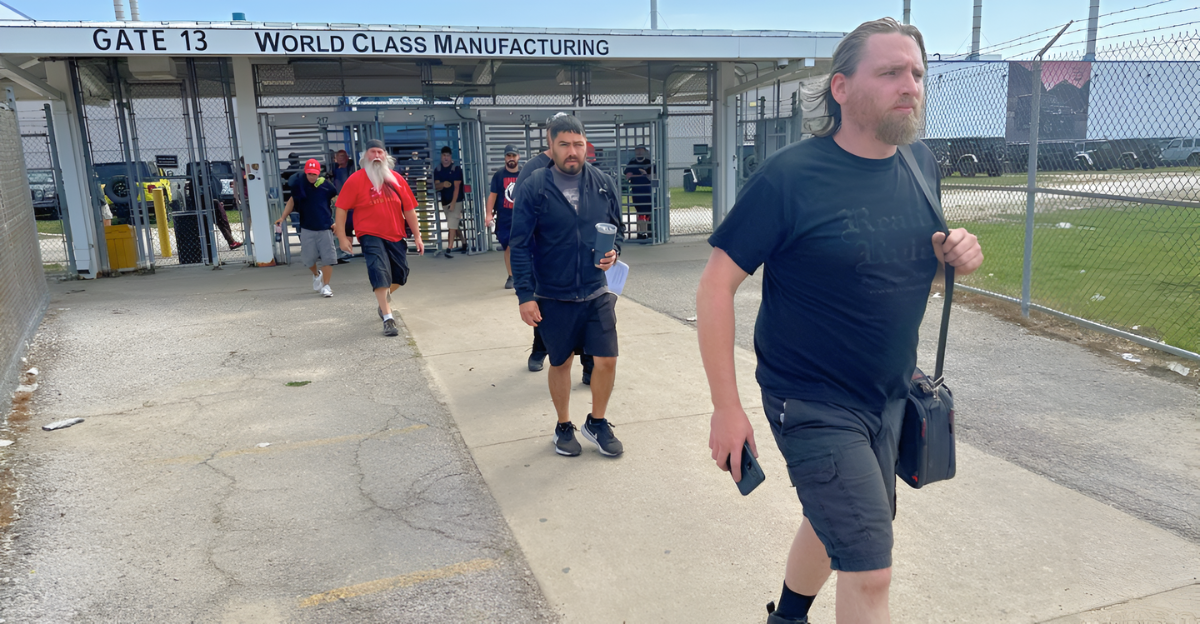
In an effort to increase worker earnings in a state beset by high living expenses and income inequality, Assembly Bill 1228 established California’s historic $20 per hour minimum wage for fast-food employees, which went into effect in April 2024.
This represents a 3.2% decrease in the industry, while employment in the fast-food industry increased somewhat nationally. A basic economic principle is reflected in this dynamic: significant wage increases that do not correspond to increases in productivity frequently result in a contraction of labor demand. The ensuing layoffs and company closures cast doubt on California’s labor policy presumptions and economic stability, raising the possibility that this wage increase is a final “nail in the coffin.”
California’s Minimum Wage’s Historical Background
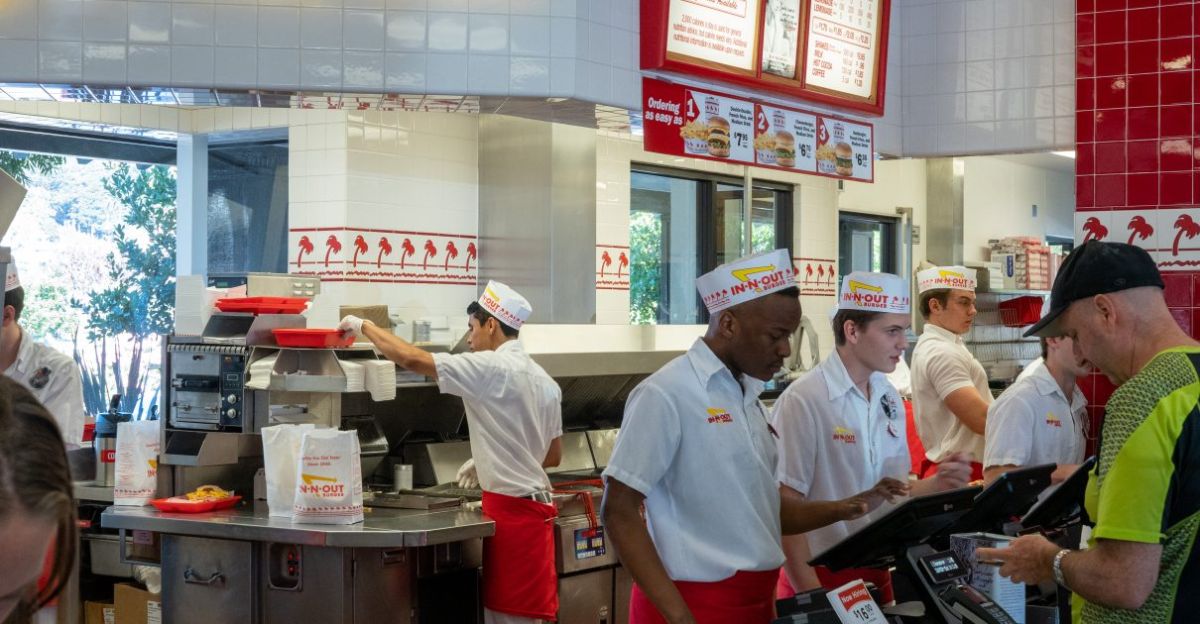
The trajectory of California’s minimum wage has been progressive but controversial, increasing gradually from $9 in 2016 to $16 by 2023 before making an abrupt jump to $20 in the fast food industry in 2024. This increase was intended to close the income gap and was politically driven by advocacy groups fighting for living wages. In the past, wage increases in California have frequently generated heated discussions, with opponents threatening job losses and supporters pointing to poverty reduction.
Since the 1938 Fair Labor Standards Act, wage floors have been used to protect workers, but they have always run the risk of driving low-skilled labor out of markets, especially in cost-sensitive industries like fast food. This rapid escalation, which is unprecedented in its scope and speed, reignites decades-old economic debates.
Labor Demand and Economic Theory
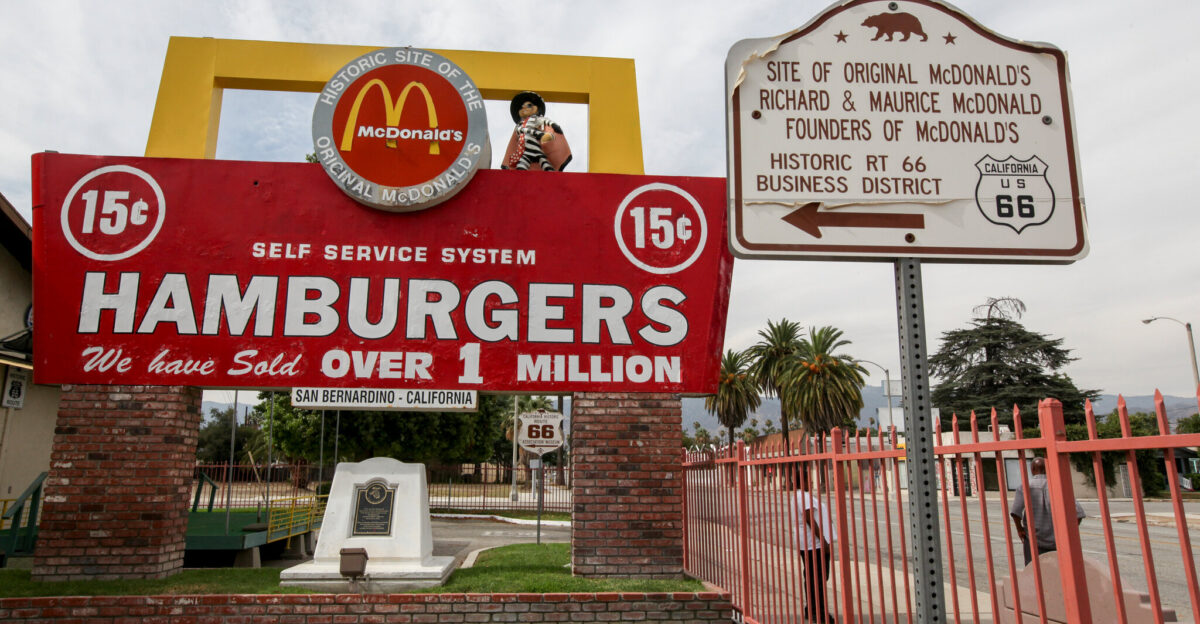
According to basic labor economics, employers will reduce hiring, cut hours, automate, or close completely if labor costs increase sharply and abruptly without corresponding increases in productivity.
This textbook effect is supported by the NBER study, which demonstrates consistent job losses in California’s fast-food industry despite the country’s employment expansion. Tens of thousands of jobs have been lost as a result of the 3.2% decline, which disproportionately affects low-skilled workers and teenagers, potentially harming their long-term employment prospects.
Direct Effect: June 2025 Saw a Record 9,900 Layoffs

A sharp example of the shockwaves caused by the wage hike was the record 9,900 layoffs that occurred in California’s fast food industry alone in June 2025. Unaffordable wage bills forced staff reductions or closures, according to businesses, especially small chains and franchises. Rubio’s Coastal Grill, for instance, closed 48 of its locations throughout California due to rising expenses, which were partially caused by required wage increases.
This sped up the sector’s trends of underemployment and unemployment. Despite nominal wage gains, wage hikes had a disastrous overall impact on employment, leaving many workers worse off as a result of job losses or reduced hours, even though individual hourly pay increased by about 8%.
The Nexus of Price Inflation and Automation
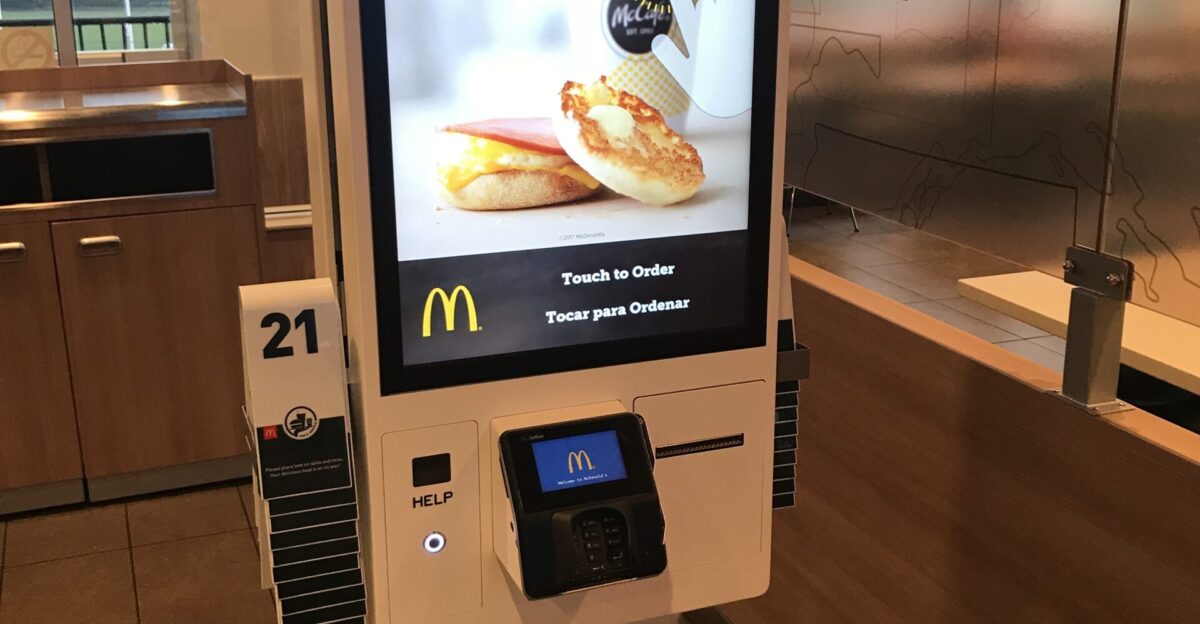
Increased automation replacing entry-level jobs was one unanticipated but significant second-order effect. Fast-food chains hastened the adoption of automated kitchen technologies and kiosks to counteract rising labor costs, which resulted in a multiplicity of initial layoffs and long-term job displacement.
Low-income customers are most negatively impacted by this inflation, which may lower demand and lead to a vicious cycle of additional layoffs and service reductions. A warning about the intricate market distortions brought about by strictly enforced wage floors is provided by the way wage policy is entwined with automation and inflation.
Divergent Opinions in Academics

The impact of the pay increase is still up for debate in academia. NBER’s rigorous quasi-experimental approach showed steep drops in employment, but UC Berkeley’s study showed steady employment and modest wage increases through mid-December 2024, free of major layoffs. A shorter time horizon and possibly overly optimistic assumptions regarding market adjustment constrain Berkeley’s findings.
However, the NBER findings are increasingly supported by the larger economic data through mid-2025, which includes job losses and company closures. This scholarly split demonstrates how political framing, timing, and methodology influence how labor policies with such broad economic ramifications are interpreted.
Social and Psychological Repercussions

The effects of the wage increase go beyond economics and have an impact on social cohesiveness and employee psychology. Social despair among already vulnerable populations is exacerbated by job losses, reduced hours, and instability, which breed insecurity, stress, and a diminished sense of self-worth.
According to social psychology, unemployment exacerbates mental health issues and causes community disintegration. Ironically, if workers lose their jobs entirely, the aspirational boost that wage increases are meant to provide could exacerbate social injustices, forcing policymakers to take into account behavioral effects in addition to economic ones. Increased demand for social services and healthcare could be a sign of the wider societal cost, adding to the financial strain on public systems.
Wider Impacts of the Economic Ripple

The negative impacts extend beyond specific fast-food employees. Revenue drops also affect dependent service providers, local suppliers, and supply chains, which reduces the size of the overall economic ecosystem. California’s current cost crisis is exacerbated by local retail and housing markets being depressed by reduced spending cashflows from laid-off workers.
The rise in social welfare demands and unemployment claims puts more strain on public social support systems. Under minimum wage shocks, the negative multiplier effect poses a threat to regional economies. The experiment conducted in California provides essential insights into the unexpected, wider cost burdens associated with sudden labor market interventions.
The Ideological and Political Conflict

A fundamental ideological conflict between market-driven economic pragmatism and progressive labor empowerment is exemplified by the wage increase. The administration of Governor Newsom emphasizes income equality and promotes the raise as a social justice victory.
The conflict represents conflicts between maintaining economic competitiveness and promoting social welfare through labor policy. It also portends acrimonious conflicts as other jurisdictions, including Los Angeles, propose even higher minimum wages, potentially causing more significant disruptions to the economy. Politically heated arguments fueled by this polarization make it more challenging to come up with reasonable, workable labor solutions.
“Compression of the Labor Market Shock”
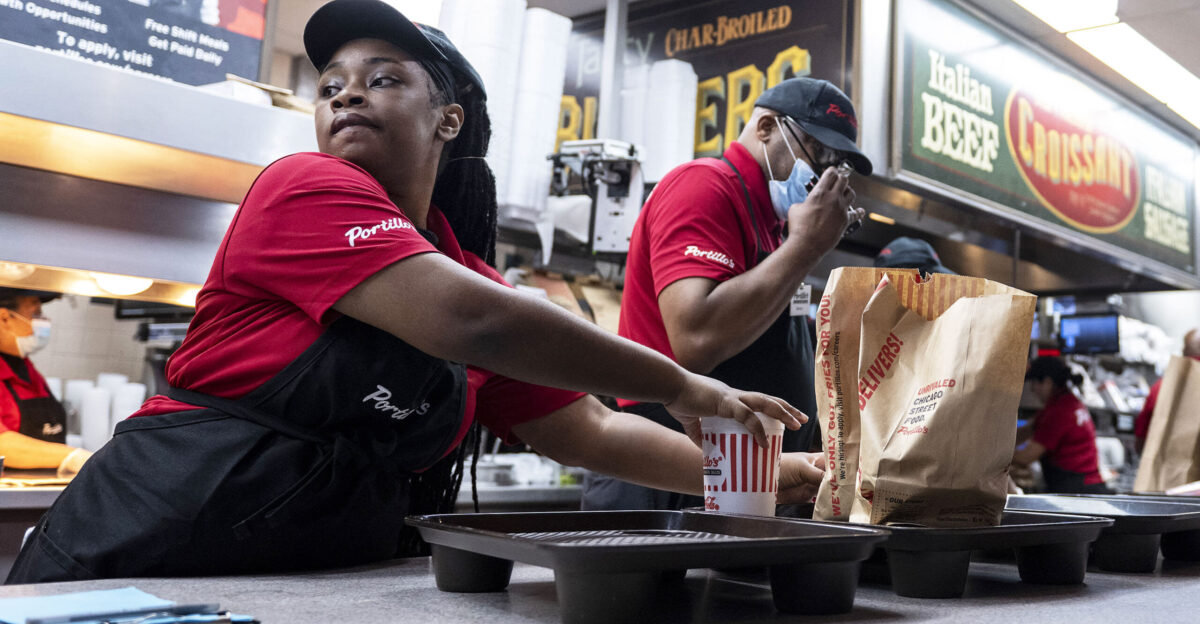
The “Labor Market Shock Compression” framework can be used to conceptualize California’s policy. This framework states that quickly rising wage floors compress labor demand in vulnerable industries more rapidly than markets can adapt, leading to both short-term layoffs and long-term structural changes.
This policy forces businesses to recalibrate or exit quickly, in contrast to gradual hikes that allow for adjustment. Such a framework, which emphasizes the trade-offs between social goals and economic shock absorptions, can provide a distinctive perspective for other regions thinking about aggressive wage floors. It emphasizes how labor reforms must include adaptive mechanisms and policy pacing to prevent destabilizing economic shocks.
Closure of Rubio’s Coastal Grill
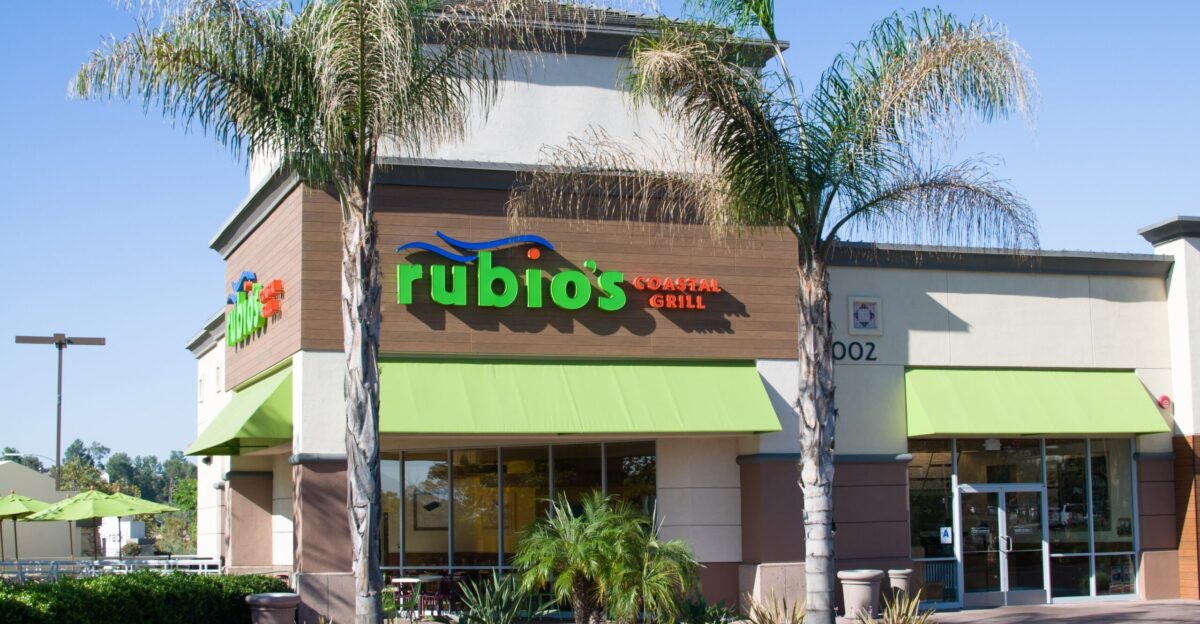
The severe effects of wage impact are exemplified by the closure of 48 Rubio’s Coastal Grill locations in California. This West Coast chain specifically pointed to increases in operating costs associated with pay raises. Their closures reduced local economic vibrancy and food accessibility while also displacing thousands of jobs and leaving communities underserved.
In contrast to corporate giants that are better equipped to withstand cost increases, Rubio’s case serves as an example of how wage policy can seriously jeopardize mid-sized regional businesses. Because uniform policy can disproportionately harm vulnerable business models, this case requires thorough, sector-specific assessments prior to enacting comprehensive labor legislation.
Forecasting Long-Term Results
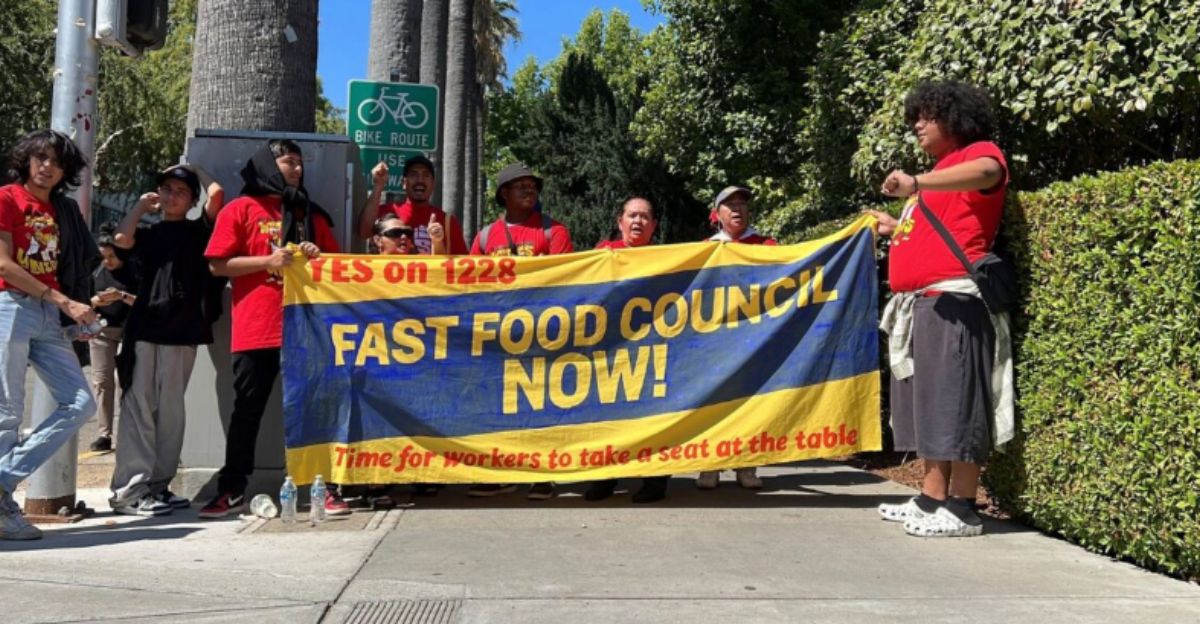
If California continues to raise wages above $20 per hour, the fast-food industry and related sectors may be further weakened. Increased food deserts in economically distressed areas, increased automation that eliminates low-skilled jobs, and growing offshore outsourcing of related jobs are some of the predictions.
These patterns have the potential to worsen social stratification and economic inequality, undermining the objectives of inclusive prosperity. These long-term systemic risks must be balanced against immediate political advantages and increases in worker income by policymakers. To lessen these effects, coordinated social programs that address economic diversification and retraining may be essential.
Could Innovation Be Encouraged by High Wages?

Steep wage increases, according to a different viewpoint, spur quick innovation and productivity increases. Businesses may make significant investments in technology, process optimization, and employee training in response to a higher wage floor, which would increase productivity and reduce labor expenses. Theoretically, California could transition to a fast-food industry with higher productivity and fewer employees who are better compensated and trained.
Although the hypothesis is still controversial, it might recast the wage debate as one between social protection and transition speed. According to this perspective, thoughtful policies that foster innovation and guarantee fair worker outcomes during structural changes are necessary.
More General Social Teachings and Policy Suggestions

The experience of California provides more general insights into striking a balance between economic viability and wage justice. To prevent shock effects, policymakers may think about regionalizing or phasing wage increases based on cost-of-living and productivity indices.
Labor policies should be transparent and subject to ongoing, thorough evaluation in order to quickly detect negative effects and adjust. Finally, a focus on sustainable wage policies that improve market competitiveness and job quality can better protect social equity and economic resilience.
Conclusion
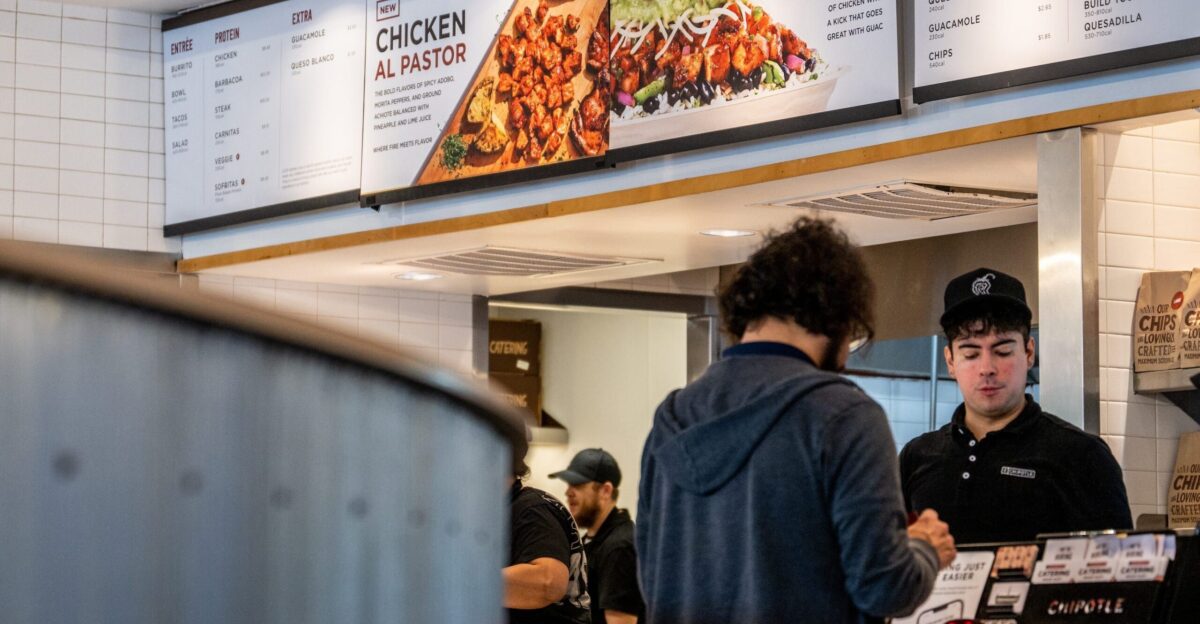
The $20 minimum wage for fast-food workers in California serves as a stark reminder that well-meaning wage laws, if they are implemented too quickly and incorrectly, can lead to significant job losses, company failures, and social harm, particularly for vulnerable workers.
California’s experience should serve as a warning to the rest of the world in the future, highlighting the need for complex, economically based, and human-centered labor reforms. The failure to strike a balance between worker welfare and economic realities, rather than just wages, may be the real “nail in the coffin.” To prevent making the same expensive mistakes again, careful policy design and continuous empirical research will be necessary.
